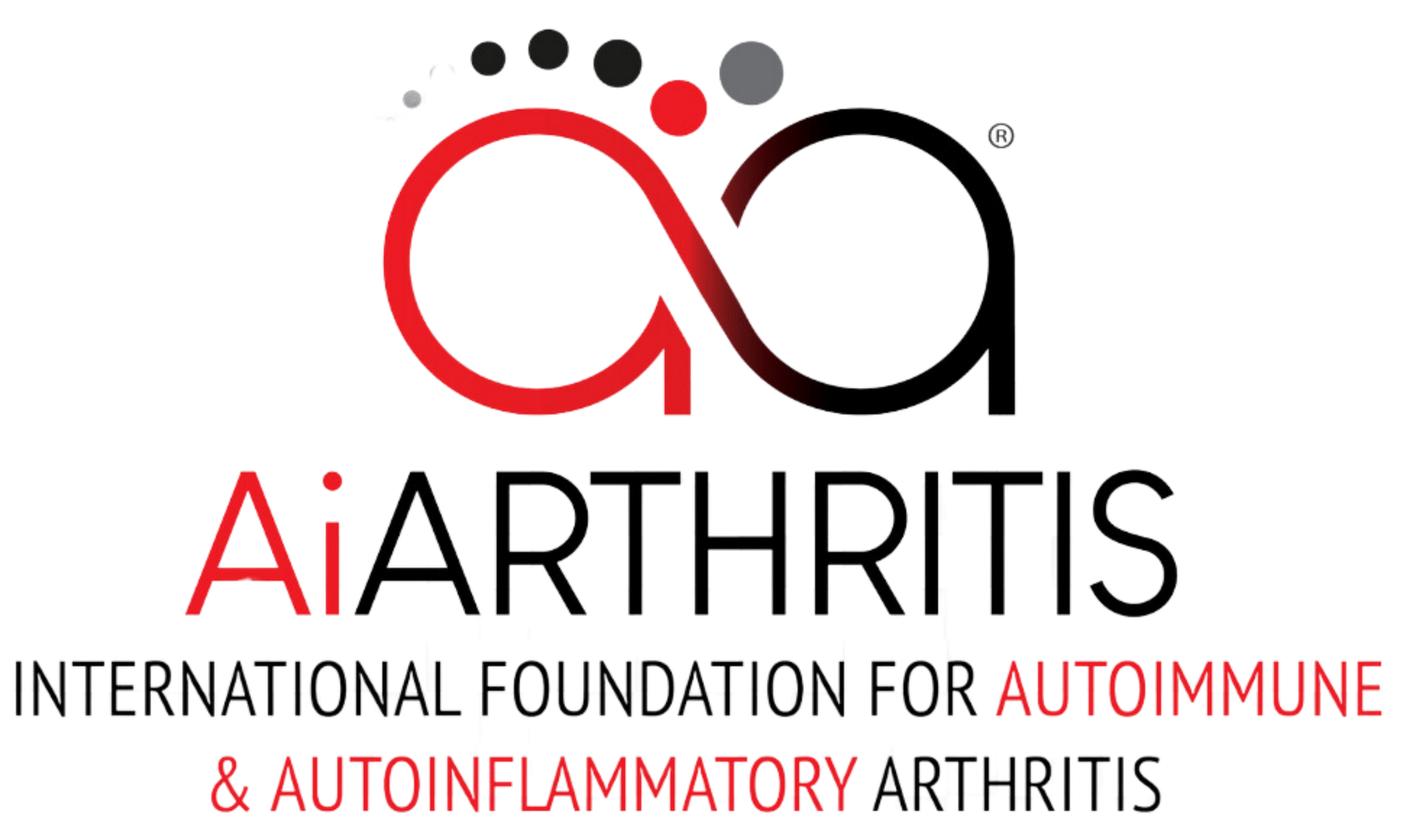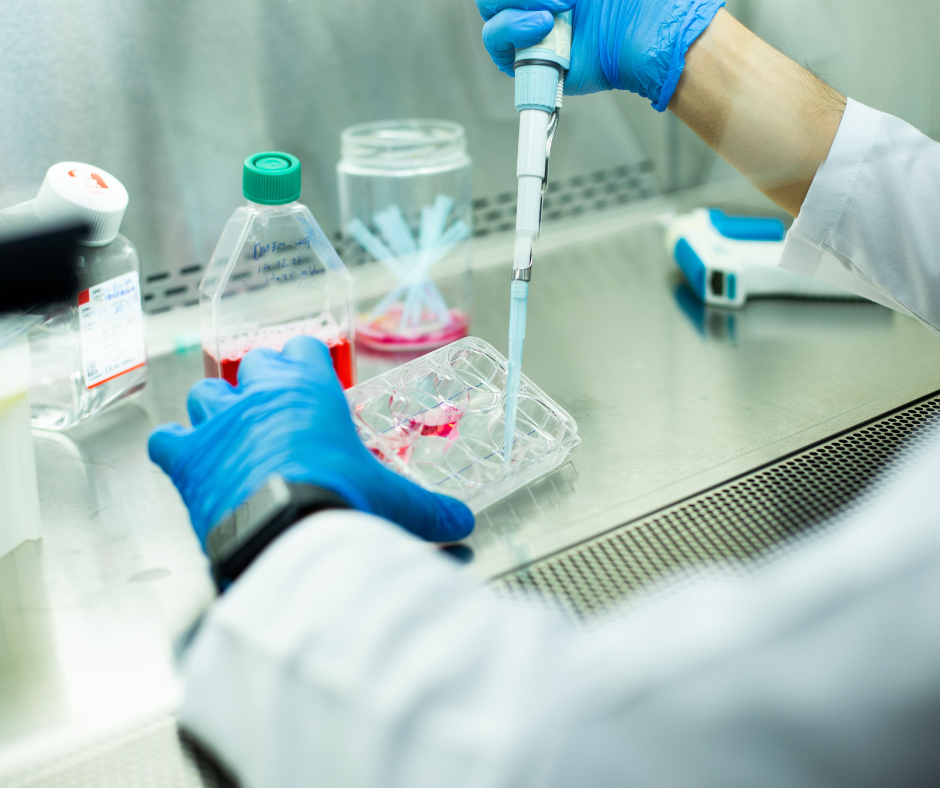Raising Awareness: Rheumatic Disease Awareness Month (RDAM)
Each September, the American College of Rheumatology (ACR) leads the charge for Rheumatic Disease Awareness Month (RDAM) to highlight the diverse range of rheumatic diseases impacting millions worldwide. With more than 100 conditions included, such as rheumatoid arthritis, lupus, gout, and fibromyalgia, RDAM seeks to educate, support, and advocate for individuals affected by these disorders.

Why is RDAM Important?
Increased Awareness: One of the primary goals of RDAM is to educate the public on the nature of rheumatic diseases and their impact on daily life. This encompasses recognizing symptoms, understanding risk factors, and being aware of treatment options. Knowledge dissemination helps in early detection and better management of these conditions.
Education: Beyond just awareness, RDAM provides crucial information regarding the economic toll and the personal and medical challenges faced by individuals living with rheumatic diseases. By understanding these challenges, society can foster a more empathetic and supportive environment for those affected.
Support and Resources: RDAM emphasizes the availability of resources and support systems for patients. This includes self-management programs and physical activity initiatives designed to alleviate pain and enhance the quality of life. These resources are vital for patients to manage their conditions effectively.
Research and Advocacy: The month also serves as a platform to advocate for increased research and improved healthcare policies. By pushing for more robust research efforts, RDAM hopes to pave the way for better treatments and ultimately, cures for rheumatic diseases.
By raising awareness and educating the public, RDAM aims to uplift the lives of millions living with these conditions.
Understanding Rheumatic Diseases
Rheumatic diseases encompass a wide array of conditions primarily affecting the joints, muscles, and connective tissues. Here are some common examples:
- Rheumatoid Arthritis (RA): An autoimmune disease where the immune system mistakenly attacks the joints, leading to inflammation, pain, and potential joint damage.
- Lupus: A chronic autoimmune disease causing inflammation and damage to various body parts, including joints, skin, kidneys, heart, and lungs.
- Gout: A type of arthritis characterized by the buildup of uric acid crystals in the joints, resulting in sudden and severe pain.
- Ankylosing Spondylitis: An inflammatory disease mainly affecting the spine, causing pain and stiffness.
- Psoriatic Arthritis: An inflammatory arthritis linked to psoriasis, leading to joint pain and swelling.
- Sjogren’s Syndrome: An autoimmune disorder primarily affecting the glands that produce tears and saliva, resulting in dry eyes and mouth.
- Scleroderma: A group of autoimmune diseases that cause the hardening and tightening of skin and connective tissues.
- Polymyalgia Rheumatica: Polymyalgia rheumatica is an inflammatory disorder causing muscle pain and stiffness, primarily in the shoulders and hips, often affecting people over 50.
- Vasculitis: Vasculitis refers to a group of disorders that cause inflammation of blood vessels, leading to reduced blood flow and potential organ damage.
- Juvenile Idiopathic Arthritis: Juvenile idiopathic arthritis is the most common type of arthritis in children under 16, characterized by persistent joint inflammation and pain.
- Reactive Arthritis: Reactive arthritis is a condition triggered by an infection in another part of the body, causing joint pain and swelling, often in the knees, ankles, and feet.
- Fibromyalgia: Fibromyalgia is a chronic disorder marked by widespread musculoskeletal pain, fatigue, and cognitive difficulties, often triggered by physical or emotional stress5.
- Mixed Connective Tissue Disease: Mixed connective tissue disease is an autoimmune disorder featuring symptoms of lupus, scleroderma, and polymyositis, often including joint pain and swelling.
- Dermatomyositis: Dermatomyositis is an inflammatory disease characterized by muscle weakness and a distinctive skin rash, often affecting the face, neck, and upper torso.
- Polymyositis: Polymyositis is an inflammatory muscle disease causing muscle weakness, particularly in the muscles closest to the trunk of the body.
- Eosinophilic Fasciitis: Eosinophilic fasciitis is a rare condition causing inflammation and thickening of the skin and fascia, often leading to pain and swelling in the arms and legs.
- Relapsing Polychondritis: Relapsing polychondritis is a rare autoimmune disease characterized by recurrent inflammation of cartilage and other tissues throughout the body.
- Behcet’s Disease: Behcet’s disease is a rare disorder causing blood vessel inflammation throughout the body, leading to symptoms like mouth sores, eye inflammation, and skin rashes.
- Granulomatosis with Polyangiitis (Wegener’s Granulomatosis): Granulomatosis with polyangiitis is a rare disease causing inflammation of blood vessels, which can restrict blood flow and damage vital organs.
Despite the varying symptoms and severity, all these diseases involve some form of inflammation or immune system dysfunction.
The Global Impact
Rheumatic diseases affect a significant portion of the global population, with an estimated 350 million people worldwide living with some form of rheumatic disease. For instance, rheumatoid arthritis alone impacts approximately 23 million people globally. The profound impact on individuals' quality of life underscores the necessity for awareness and research.
Conclusion
Rheumatic Disease Awareness Month is a crucial initiative aimed at transforming the lives of those impacted by these debilitating conditions. Through increased awareness, education, support, and advocacy, RDAM aspires to create a world where individuals with rheumatic diseases can lead healthier, more fulfilling lives.
By Eileen Davidson
Community Awareness Assistant
International Foundation of Autoimmune and Autoinflammatory






